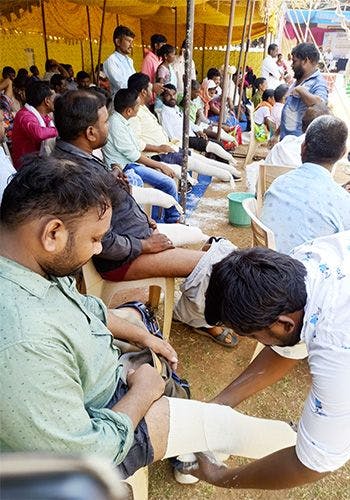
- June 2023
Interview with Cancer Relief CEO Gráinne McKenna
- June 2023
Interview with Cancer Relief CEO Gráinne McKenna
Interview with Cancer Relief CEO Gráinne McKenna about the recently announced program that provides support to cancer patients during all phases of their treatment, from pre-habilitation through rehabilitation.








